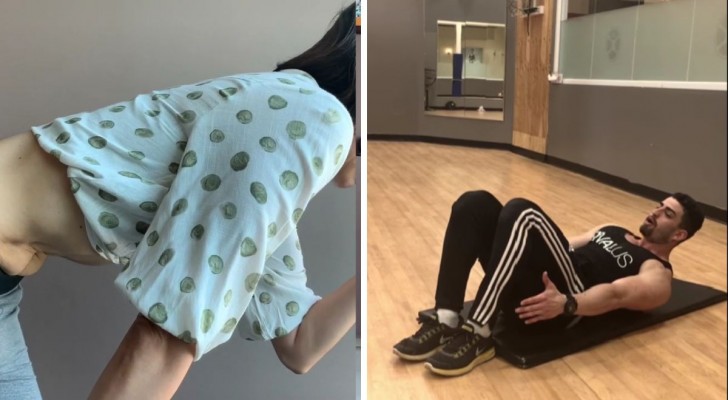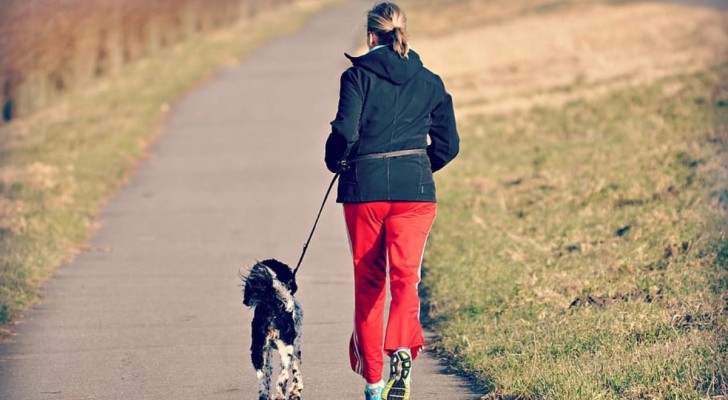Slow running to get back in shape: all the benefits of this exercise which is suitable for everyone
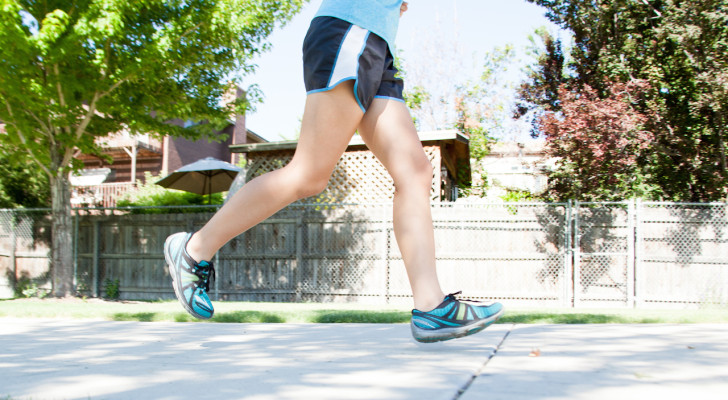
Speed is the main goal of most who start running, but in recent years a counter-trend has emerged: slow running. Particularly suitable for beginners, slow running will allow you to achieve great results without excessive effort.
What exactly are the benefits of slow running and how can it help you get back in shape? Let's find out below:
The benefits of slow running
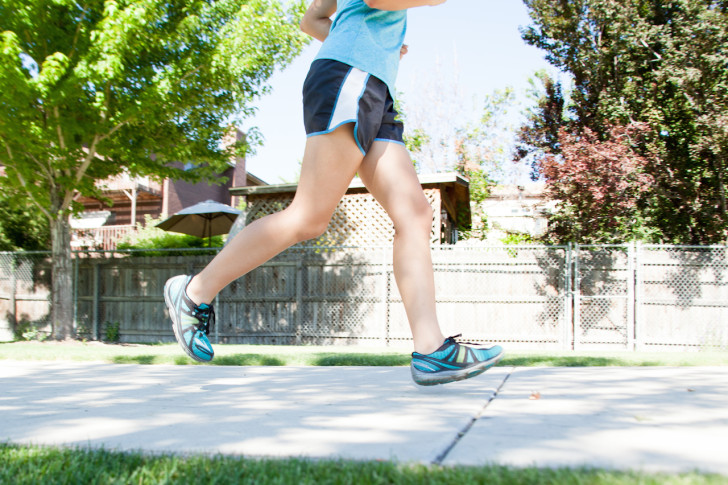
Slow running is practiced by 80% of professional running athletes - even those who compete in speed races: slow running increases the heart rate, while ensuring that you can continue to carry on moving. So, apart from this, why is this type of workout the best for keeping in shape?
- Slow running is great for cardio-respiratory fitness: by improving cardiac and respiratory resistance and endurance, you will improve the oxygenation of your muscles. Over time, it will be possible to gradually intensify training sessions, reaching set objectives and leading to better performance;
- Moderate-level training subjects the body to less strain and stress and, consequently, reduces the risk of injuries, keeping the body healthier overall;
- Slow running burns up fat, unlike fast running which burns up carbohydrates for energy; this will improve metabolic efficiency by reducing fatigue and improving performance, as well as facilitating weight loss and returning to good physical shape;
- Slow running is easier to sustain over time, making it perfect for beginners, less tiring and even pleasant to partake in.
How to exercise with slow running
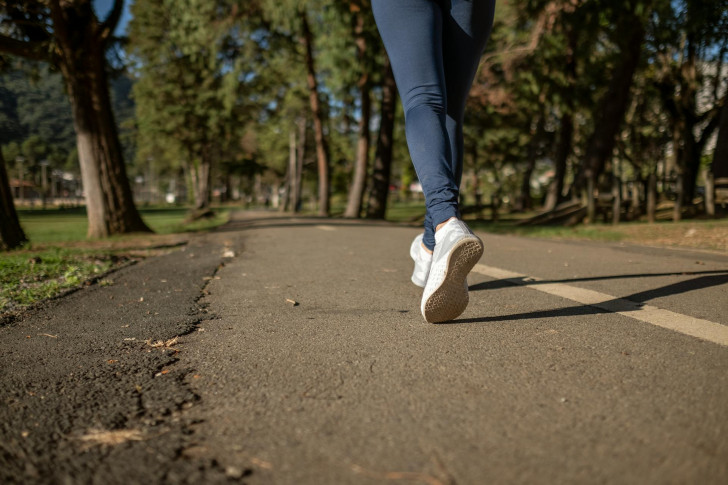
Now that you know about the benefits of slow running, how is it done?
There are 5 levels of intensity when it comes to running and, for slow running, the ideal speed is level 2. This is where you can keep moving (running) and your heart rate is only between 65% and 80% of your maximum rate. This level is below the lactate threshold, i.e. it does not lead to the the combustion of carbohydrates (which produces waste products that fatigue muscles), and burns fat instead.
One way to practically check if you are running at level 2 is to talk to your running partner (if you have one). If having a conversation with your partner is fatiguing, slow down. If you're running on your own, try singing: if you can do this without becoming breathless, you are running at the right pace. If not, slow down.
So, lace up your shoes and get slow running!

